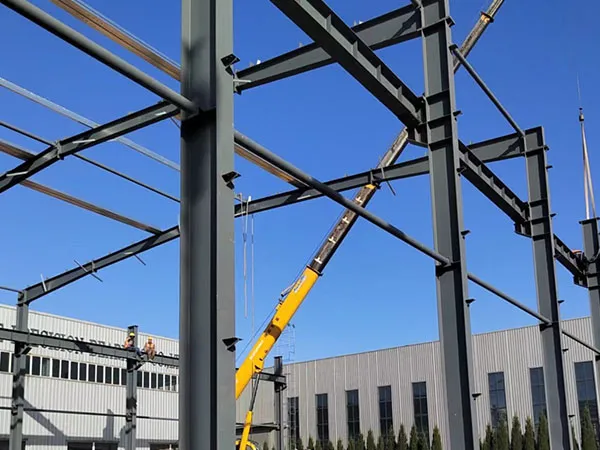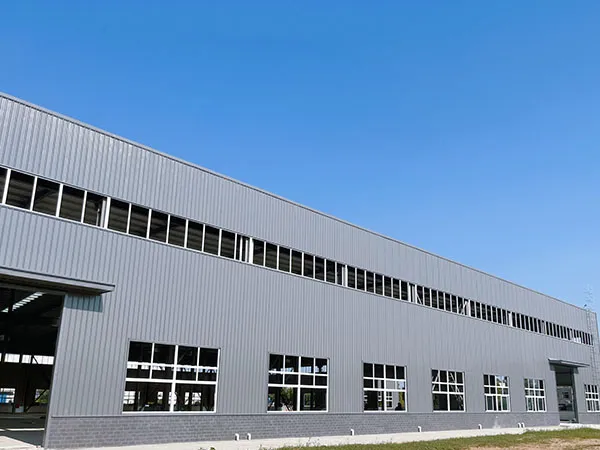How to Prevent Corrosion in Steel Strcture
To prevent corrosion in steel structures, a multi-faceted approach is essential, addressing design, material selection, surface preparation, and protective coatings.
How to Prevent Corrosion in Steel Strcture

Design Considerations
Minimize Moisture Traps: Design details should prevent water accumulation and allow for drainage. Inclined surfaces, drainage holes, and avoiding sharp edges can help.
Ensure Adequate Ventilation: Promote air circulation around the steel structure to reduce humidity and the time of wetness. Seal box sections unless they are to be galvanized, in which case provide vent and drain holes.
Avoid Contact with Dissimilar Materials: Prevent or insulate contact between different metals (bimetallic connections) to avoid galvanic corrosion. Similarly, separate steel from timber using coatings or plastic sheets. Ensure proper concrete cover and quality to protect embedded steel.
Facilitate Coating Application and Maintenance: Design for easy access for applying and inspecting protective coatings.
Material Selection
Choose Appropriate Steel Grades: Consider using weathering steel (which forms a protective rust layer), stainless steel (for high corrosion resistance), or pre-coated steels like galvanized steel, galvalume steel, or pre-painted steel, depending on the environment.
Consider the Environment: Select materials and protection systems based on the corrosivity of the environment (e.g., coastal, industrial, or interior).
Surface Preparation
Thorough Cleaning: Before applying any protective coating, the steel surface must be clean and free of rust, mill scale, oil, grease, and other contaminants.
Methods include abrasive blast cleaning, power tool cleaning, and chemical cleaning (acid pickling). The chosen method depends on the initial condition of the steel and the requirements of the coating system.
Create a Suitable Surface Profile: Some coatings require a specific surface roughness (anchor profile) to ensure proper adhesion. Blast cleaning with angular abrasives creates this profile.

Protective Coatings
Paint Systems: Applying multi-layer paint systems is a common method. These typically include a primer (often zinc-rich for cathodic protection or epoxy-based for adhesion and corrosion inhibition), an intermediate coat (to build thickness), and a topcoat (for weather resistance and aesthetics).
Metallic Coatings:
Hot-Dip Galvanizing: Immersing steel in molten zinc creates a robust, corrosion-resistant alloy layer bonded to the steel.
…
For more detailed information on how to prevent corrosion of steel structures, please visit: https://www.meichensteel.com/a/news/how-to-prevent-corrosion-in-steel-strcture.html


